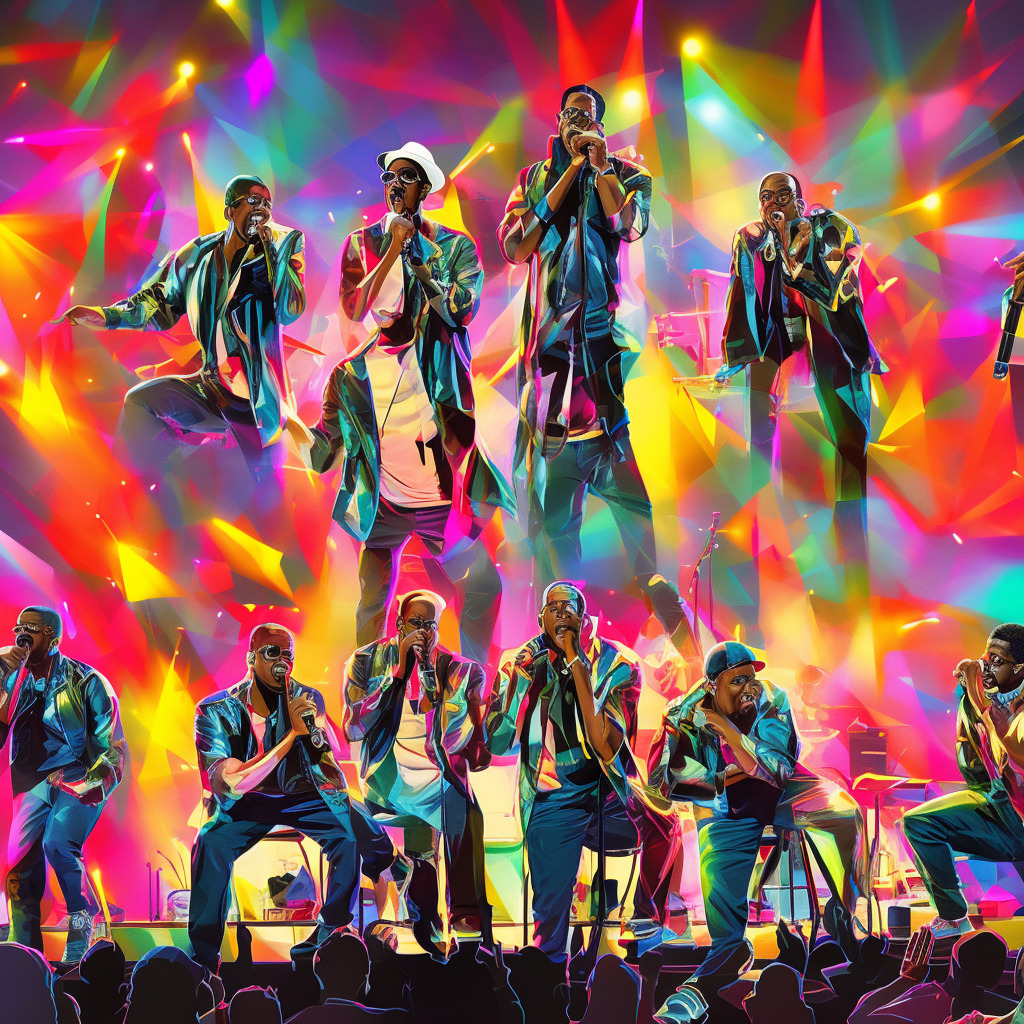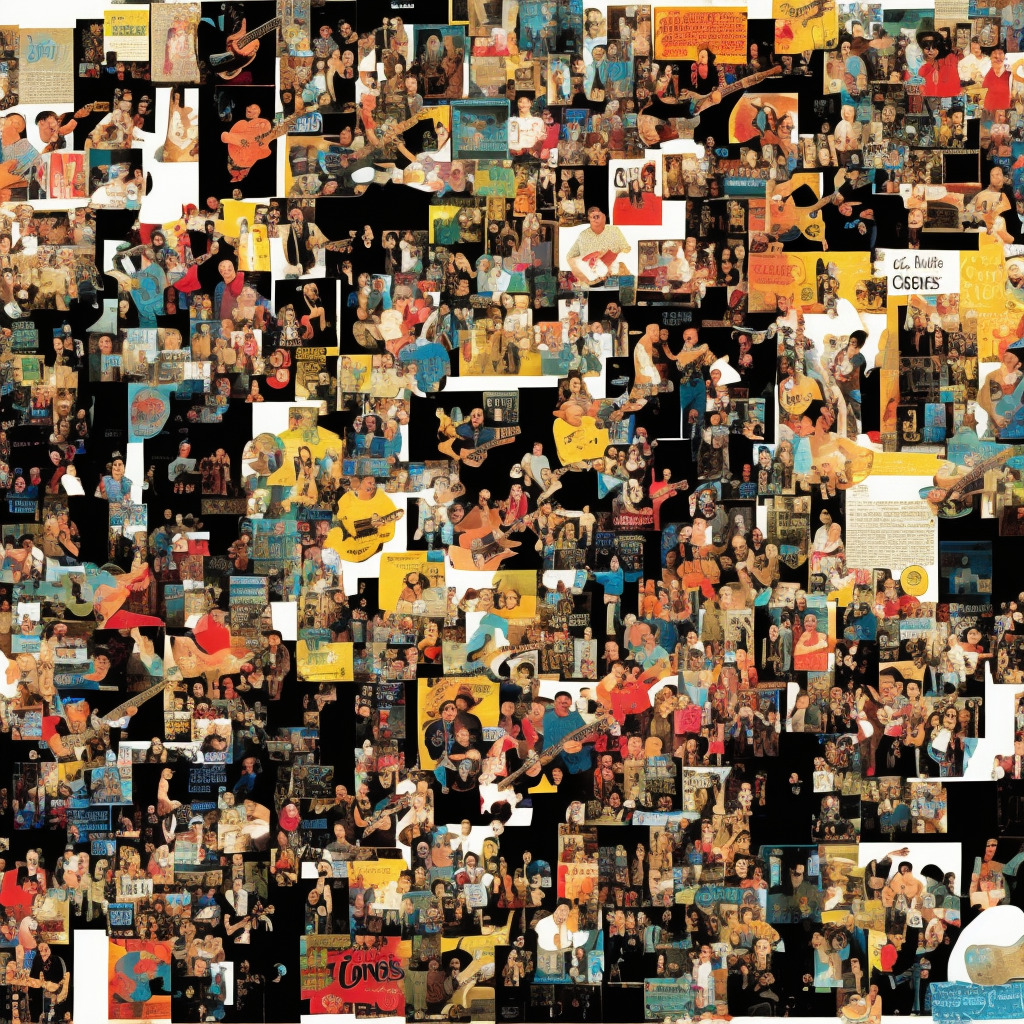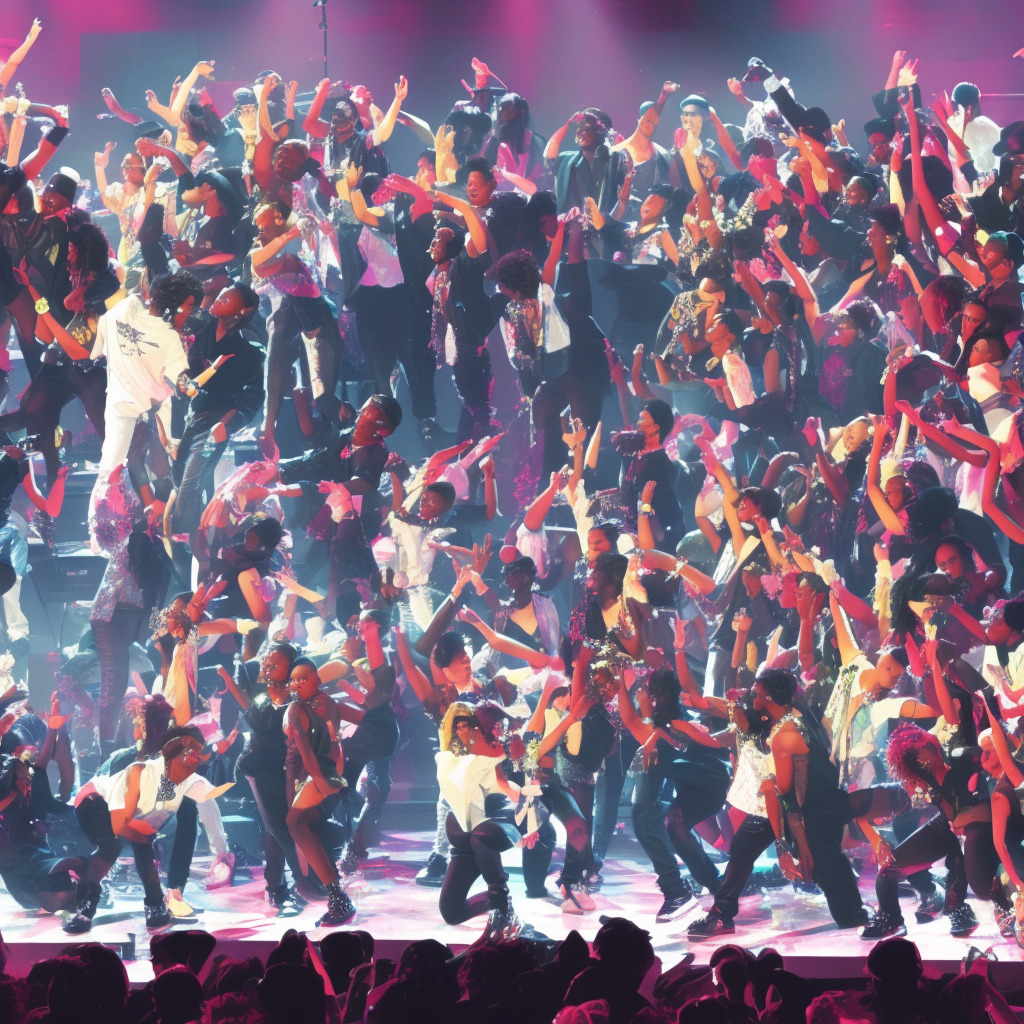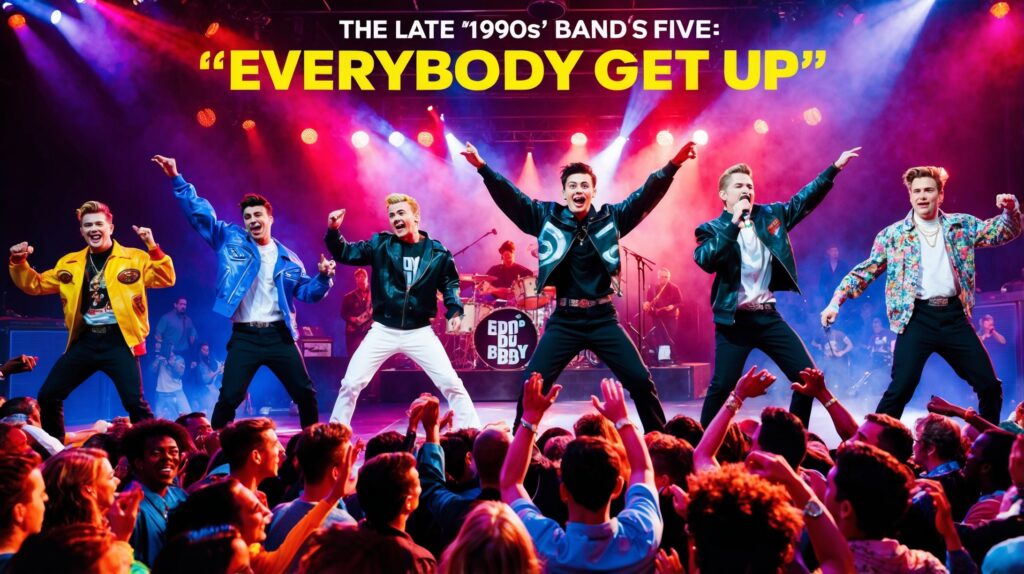🌟Throwback to ’98: #GhettoSupastar! Did you know Pras Michel sampled Kenny Rogers’ “Islands in the Stream”? 🎵A hip-hop classic blended with country magic!🤠✨ #PrasMichel #KennyRogers #MusicTrivia Read about it: tinyurl.com/73wbsb42
Delving into Pras Michel’s Iconic Track
“Pras Michel’s ‘Ghetto Supastar’: A groundbreaking fusion of hip-hop, R&B, and pop that catapulted an iconic artist into solo stardom and left an indelible mark on the music world.”
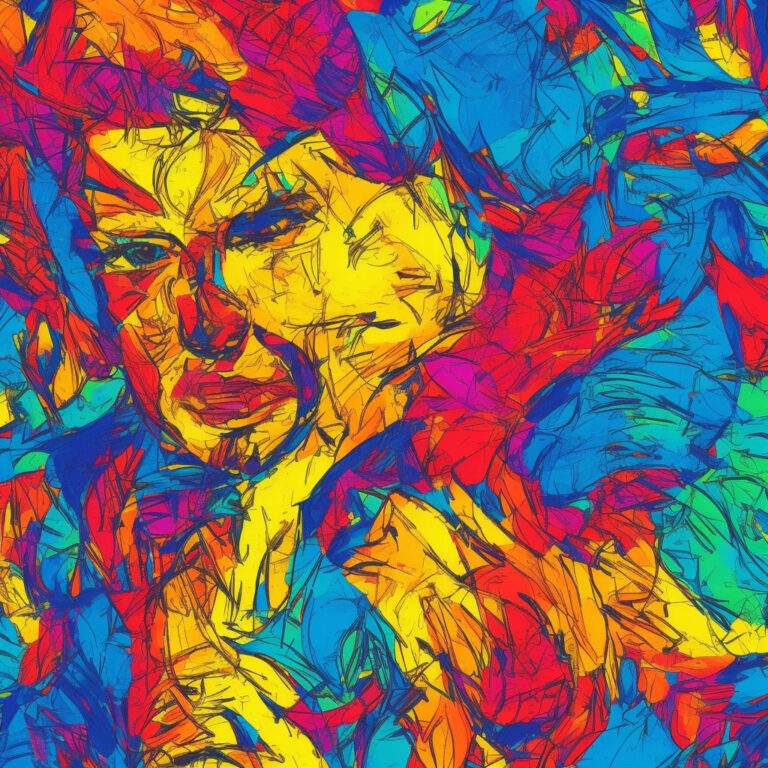
Pras Michel, a founding member of the iconic hip-hop group, the Fugees, has been hailed as one of the most influential artists in the music industry. His unique blend of musical styles and incomparable talent have left a lasting impact on fans and fellow musicians alike. However, it was his 1998 hit, “Ghetto Supastar (That Is What You Are)”— a collaboration with Ol’ Dirty Bastard and Mýa—that truly launched his career as a solo artist.
The song “Ghetto Supastar (That Is What You Are)” was released on June 6, 1998, as the lead single from his debut solo album, “Ghetto Supastar”. A track that quickly became an international sensation, it reached number one in several countries, including the United Kingdom, Norway, and Australia. The success of this single solidified Pras Michel’s status as a solo artist and contributed to the album’s sales of over one million copies in the United States alone.
“Ghetto Supastar (That Is What You Are)” is known for its distinctive fusion of hip-hop, R&B, and pop elements, which create an unforgettable and infectious sound. The song’s lyrics, inspired by the political allegory of George Orwell’s “Animal Farm”, intertwine social commentary with a catchy chorus that’s hard to resist. Pras Michel’s musical prowess and ability to create a compelling narrative through music are both evident in this hit.
While Pras Michel may have found success with “Ghetto Supastar (That Is What You Are)”, it’s hard to ignore the contributions of Ol’ Dirty Bastard and Mýa, whose styles and voices blend seamlessly with Pras’s own. However, some critics have argued that Pras Michel’s solo career never reached the heights expected of a member of the Fugees. Despite this, he has continued to create music and collaborate with various artists.
The influence of “Ghetto Supastar (That Is What You Are)” is undeniable; winning several awards and accolades, including an MTV Video Music Award for Best Rap Video and a nomination for Best Original Song at the 1999 Golden Globe Awards. Furthermore, the song has been featured in films and TV shows, such as “Bulworth” and “It’s Always Sunny in Philadelphia”, showcasing its enduring popularity.
In conclusion, Pras Michel’s “Ghetto Supastar (That Is What You Are)” remains an iconic track that showcases his musical abilities, as well as those of his collaborators. Though his solo career may not have reached the heights that some expected, the lasting impact of this song and his continued work in the industry prove that he remains a force to be reckoned with.
Chart Topping Journey
From film soundtrack to international hit, “Ghetto Supastar (That Is What You Are)” skyrocketed up the charts, fueled by its catchy hook and all-star lineup, ultimately becoming a late ’90s hip-hop classic.
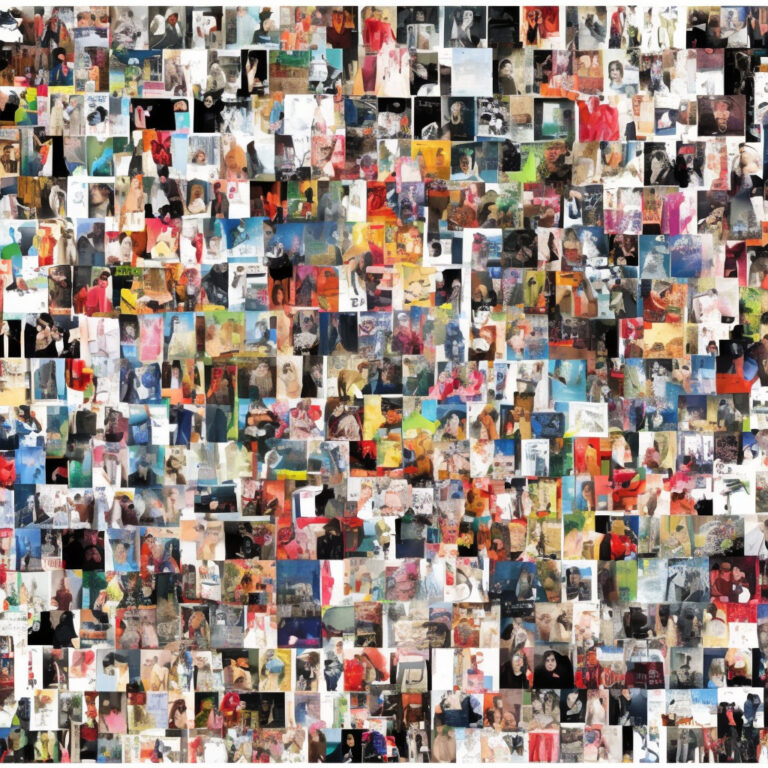
When “Ghetto Supastar (That Is What You Are)” was released on June 6, 1998, it quickly garnered attention and climbed its way up the charts. The song was featured on the soundtrack of the film “Bulworth”, which was released on May 5, 1998, and this helped propel its initial success. The catchy hook and memorable lyrics, combined with the star power of Pras Michel, Ol’ Dirty Bastard, and Mýa, made it a radio and club staple.
The song debuted on the US Billboard Hot 100 at number 99 during the week of June 13, 1998. It steadily climbed the chart, eventually peaking at the number 15 position on August 29, 1998, where it remained for two weeks. Not only did “Ghetto Supastar (That Is What You Are)” experience success in the US, but it also found its way onto international charts.
In the United Kingdom, the song initially entered the UK Singles Chart at number 13 on June 20, 1998. It didn’t take long for the song to reach new heights, as it climbed up to the number 2 position on July 4, 1998, where it stayed for three consecutive weeks. The song also topped the charts in various other countries, including Australia, Belgium, Germany, and Switzerland, cementing its status as an international hit.
Additionally, “Ghetto Supastar (That Is What You Are)” was nominated for several awards, including Best Rap Performance by a Duo or Group at the 41st Annual Grammy Awards in 1999. The song also received nominations for Best Song from a Motion Picture at the 1999 MTV Movie Awards and Best Video from a Film at the 1998 MTV Video Music Awards.
While it may not have claimed the top spot on every chart, the undeniable impact and popularity of “Ghetto Supastar (That Is What You Are)” have solidified its place in music history. As a chart-topping hit and a representation of late ’90s hip-hop, this song continues to be celebrated and enjoyed by fans around the world.
Diving Deep into the Lyrics of a 90s Classic
Comin’ from afar, reachin’ for the stars
Run away with me to another place
We can rely on each other, uh-huh
From one corner to another, uh-huh
In the late 90s, the hip-hop scene was dominated by themes of struggle, success, and the pursuit of a better life. “Ghetto Supastar (That Is What You Are)” by Pras Michel is a prime example of how these themes were captured in the lyrics and spirit of the time.
This song’s lyrics speak to the idea of rising above one’s circumstances and reaching for success despite the challenges they may face. The chorus, sung by R&B singer Mýa, serves as an anthem for those who are striving to overcome adversity and make a name for themselves. The line “Comin’ from afar, reachin’ for the stars” particularly emphasizes the journey and ambition required for anyone to break free from their constraints and chase their dreams.
The lyrics also touch upon the importance of unity and support in achieving success: “We can rely on each other, uh-huh / From one corner to another, uh-huh.” These lines suggest that by banding together and relying on one another, the dream of escaping the ghetto and reaching stardom becomes more attainable.
In the late 90s, the world was witnessing a number of significant events that shaped the era, including the rise of the Internet, the continued fight for racial equality, and political scandals such as the impeachment of President Bill Clinton. Amidst this backdrop, “Ghetto Supastar (That Is What You Are)” provided a voice for those who were trying to rise above the chaos and make something of themselves.
Therefore, the lyrics of “Ghetto Supastar (That Is What You Are)” perfectly encapsulate the spirit of the time and the pursuit of success despite the challenges that the era presented. It remains a powerful and relevant anthem to this day, inspiring listeners to keep reaching for their dreams, no matter their circumstances.
A Visual Feast: The Making of the “Ghetto Supastar” Music Video
Dive into the late 90s hip-hop nostalgia with “Ghetto Supastar” music video’s striking dystopian visuals, iconic performances, and ingenious blend of film and music narrative.
The music video for “Ghetto Supastar (That Is What You Are)” is a true reflection of the late 90s hip-hop culture, tying together various elements of the era. Directed by Francis Lawrence, who later went on to direct blockbuster hits like “I Am Legend” and “The Hunger Games” series, the video is both visually striking and thematically charged.
Set against the backdrop of a post-apocalyptic urban wasteland, the video features Pras Michel, Ol’ Dirty Bastard, and Mya, sporting contemporary fashion of the times, including baggy clothes and chunky gold jewelry. As the trio performs in various locations, a group of dancers wearing gas masks and military-inspired outfits showcase a mix of hip-hop and contemporary dance moves. This unique combination of dystopian visuals and late 90s hip-hop sensibility creates a striking contrast that is hard to forget.
The video was shot on location in Brooklyn, New York, with a budget rumored to be around $1 million, which was considered a substantial amount for a music video at that time. This investment in production value is evident in the video’s stunning cinematography and elaborate set designs. For example, the opening sequence shows a decaying cityscape filled with graffiti, rubble, and dilapidated buildings, creating the perfect setting for the gritty, raw energy of the song.
Another notable aspect of the video is the inclusion of snippets from the 1998 film “Bulworth,” starring Warren Beatty and Halle Berry. The movie, which shares a theme of political satire, features the song on its soundtrack, and the video cleverly integrates scenes from the film to create a cohesive narrative. This seamless blending of the song and movie storyline adds an extra layer of depth and intrigue to the video, making it all the more iconic.
In the years since its release, the music video for “Ghetto Supastar (That Is What You Are)” has been celebrated for its artistic approach and visual storytelling. It remains an unforgettable representation of the era and a testament to the creative talents of both the musicians and the director. Fans of Pras Michel and late 90s hip-hop culture are often drawn back to this visual masterpiece, appreciating its unique blend of dystopian visuals and the unforgettable performances of Pras Michel, Ol’ Dirty Bastard, and Mya.
The Mastermind Behind Ghetto Supastar: Pras Michel
The incredible composer of “Ghetto Supastar (That Is What You Are)” is none other than Pras Michel, a versatile musician, rapper, and producer known for his work as a founding member of the legendary hip-hop group, The Fugees. Pras Michel has proved his musical prowess time and again, particularly with the Fugees’ iconic 1996 album, “The Score,” which remains a remarkable combination of hip-hop, reggae, and soul elements. One of the most notable tracks within this album is “Ready or Not,” where Pras Michel contributed not only to its composition but also showcased his rapping skills alongside fellow Fugees members, Lauryn Hill and Wyclef Jean. Beyond his work with The Fugees, Pras Michel has also made waves in the music industry with his solo career, featuring collaborations with artists like Ol’ Dirty Bastard and Mya. With a keen ear for catchy hooks and memorable lyrics, Pras Michel’s contributions to the world of music continue to leave an indelible mark on fans and fellow musicians alike.
The Supastar’s Legacy
Relive the ’90s with “Ghetto Supastar,” an iconic, chart-topping classic that blends cinema and music, leaving a lasting impact on pop culture and inspiring countless covers.
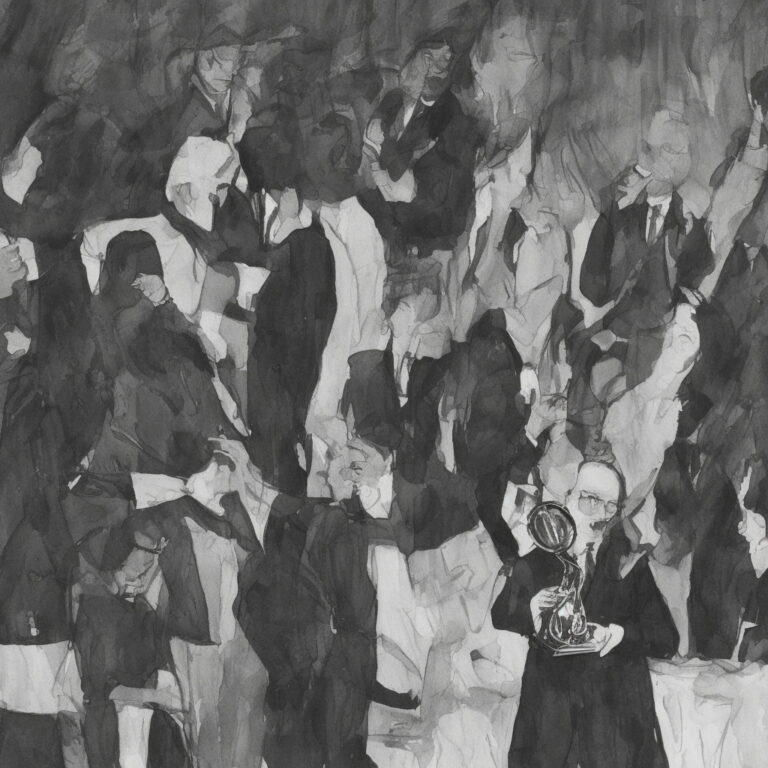
“Ghetto Supastar (That Is What You Are)” by Pras Michel featuring R&B singer Mya and rapper Ol’ Dirty Bastard, has become a timeless classic since its release in 1998. The song is best known for being the lead single from the “Bulworth” movie soundtrack, starring Warren Beatty and Halle Berry. Its catchy hook and infectious beat not only made it popular on the charts but also a memorable hit from the ’90s.
The song’s success can be demonstrated through its nominations and accolades. In 1999, it earned a Golden Globe nomination for Best Original Song and received several nominations at the MTV Video Music Awards, including Best Video from a Film. Although it didn’t manage to secure any wins, the recognition undoubtedly solidified the track’s status as a standout hit.
The music video for “Ghetto Supastar” also gained recognition, featuring appearances by Warren Beatty, who also directed it, and Halle Berry. The video offers a fascinating blend of movie scenes and performances by Pras, Mya, and Ol’ Dirty Bastard. This merging of cinema and music made for an engaging visual experience that contributed to its popularity on MTV and other music platforms.
As for the song’s presence in other forms of media, it has been featured in movies like “Scary Movie” (2000) and “A Night at the Roxbury” (1998), as well as television shows such as “The Fresh Prince of Bel-Air” and “Brooklyn Nine-Nine.”
Cover versions of “Ghetto Supastar” have also been produced over the years, showcasing the song’s lasting impact. For instance, in 2008, the Serbian rapper Shorty released a cover titled “Dijana,” which remains a popular hit in Serbia. A more recent example is the 2020 cover by the Norwegian duo SeeB and The Beach, giving the track a fresh, modern touch while still maintaining the essence of the original.
As the legacy of “Ghetto Supastar (That Is What You Are)” continues to live on, there is no denying the impact this song has had on the music industry and pop culture as a whole. With its unforgettable melody and unique blend of artists, it undeniably remains a staple in ’90s music and an iconic piece of history.
Breaking Down the Musical Backbone
Diving into the musical structure of “Ghetto Supastar (That Is What You Are),” there’s no denying that Pras Michel presents a skillful blend of elements that contribute to the song’s infectious charm. The track is set in the key of C minor, providing a solid foundation for the harmonies and melodies that weave throughout the piece. This tonality brings an air of both melancholy and determination, fitting the themes and lyrics of the song.
The song prominently features a sample from Kenny Rogers and Dolly Parton’s “Islands in the Stream,” which was originally written in E-flat major. The sample has been transposed to fit the C minor key of “Ghetto Supastar,” creating a sense of nostalgia, while also giving the track a unique and attention-grabbing twist. The chord structure of the main hook prominently features Cm, A♭, and G, creating a smooth yet slightly unexpected progression that contributes to the song’s overall catchiness.
Tempo-wise, “Ghetto Supastar” floats around a BPM (beats per minute) of 100, which lends the track a laid-back, head-nodding groove. The hip-hop drum patterns, featuring a steady kick and snare combination, provide a driving force that propels the song forward. The rhythm section is accentuated by the syncopated bassline, which interplays with the kick drum to create a solid foundation for the rest of the elements in the track.
As for the arrangement, the song follows a fairly standard structure: verse, chorus, verse, chorus, and so on. However, the inclusion of Ol’ Dirty Bastard’s and Mya’s guest verses adds a fresh dynamic to the song, preventing it from becoming monotonous. The layering of Mya’s vocals over the sampled hook during the choruses adds a captivating depth, while the contrast between Pras Michel’s and Ol’ Dirty Bastard’s distinct rap styles keeps the listener engaged throughout the verses.
In conclusion, the musical structure of “Ghetto Supastar (That Is What You Are)” is a masterclass in blending various elements to create a memorable and enduring hit. The combination of a solid chord progression, a distinctive sample, and engaging guest performances makes for a standout track that continues to captivate audiences even decades after its initial release.



